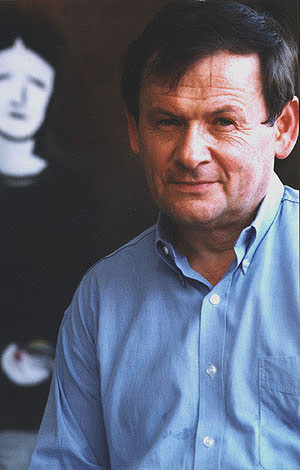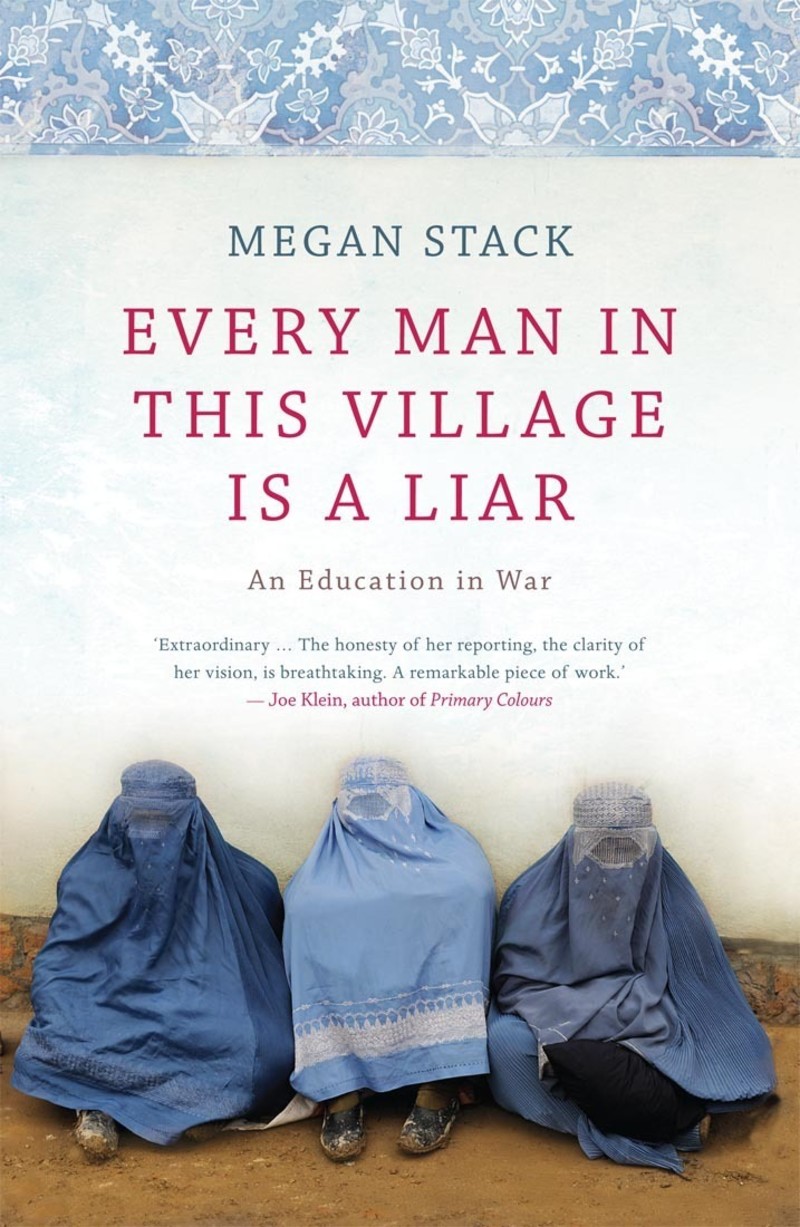This Resource is for students studying Island: Collected Stories in the Mainstream English Victorian Curriculum.
Page numbers referenced in my analysis of Island: Collected Stories is from the Vintage publication dated 2002 (picture of the front cover shown above).
Genre and Structure of Island: Collected Stories by Alistair MacLeod
The obvious Genre within which Island fits is that of the short story collection. Collections generally feature some linking factors. These may be thematic, cultural, geographical or historical. With a single-author text such as Island, the obvious shared factor among the stories is their author, but there are stylistic and thematic links too. However, students should also analyse broader ideas, values and concerns along with recurrent settings, motifs and character types that have differences and similarities across the stories.
The structure of Island contains sixteen stories varying in length but averaging twenty pages. There are many common themes, values and ideas, recurrent settings, images and relationship types and even commonalities of structure and style. The stories are ordered chronologically tracing a period of more than thirty years in the author’s life. Some stories incorporate multiple time frames, moving between past and present (both recent and distant). Whilst most of the stories’ narrative voices share social and geographical origins and are from a teenager or adult others construct the voice of a young boy.
Cape Breton Setting of Island
Alistair MacLeod’s sixteen short stories, collected in Island, are all set on Cape Breton Island off the coast of Nova Scotia in south-eastern Canada. Raised in Cape Breton in the 1960’s MacLeod writes primarily about a time and place closely related to his own. He worked at the occupations he describes – a miner, a logger and a fisherman – before becoming a teacher and professor of English in Ontario. In this way, his life mirrors the lives of the men who narrate his stories, who labour under great difficulty or who leave their early homes to find a wider world. MacLeod has an intimate knowledge of the physical landscape he is writing about. The importance of memory and place is intimately explored in MacLeod’s works.
It is an interesting fact that nearly all the central characters in Island are males, suggesting that MacLeod is comfortable writing from a familiar perspective.
While the stories explore a range of ideas, in each one the landscape of the island features prominently. As the title of the collection suggests, MacLeod has made the isolated island pivotal to each story. More than just a setting, Cape Breton features as a character in itself (the landscape and the natural elements are often personified), exerting its influence over the characters who give birth, work and die there.
Cape Breton Communities Founded on Tradition and Families
The communities of Cape Breton are founded on the bedrock of tradition and family. The people have struggled against poverty, accidents and the elements to hold their lives together and remain constant in their values. However, MacLeod shows that they cannot keep the modern world from intruding and altering their lives and their landscape. He presents the tragedy of the inevitable loss of their world. As traditional work of Cape Breton begins to dry up the men have to go further away to find employment. As their men leave, the communities feel the strain of separation and the landscape, once bordered by the edges of their little harbour is forced to expand.
Outsiders make their way into the landscape and see the locals as objects of curiosity. The old culture and music of the fishermen becomes the subject of academic study, like things of novelty. As progress takes over the old world the beautiful landscape is also seen as a business opportunity for people to cater for the ever increasing number of summer tourists.
The fragility of the old world is shown by MacLeod in the inevitable changes to the landscape that are mourned by the characters. Even the old Gaelic language spoken by the people on Cape Breton represents the private world they inhabit that seems ‘irrelevant and meaningless’ (p.195) to the new world. Yet to the miners and others in Cape Breton they try to continue to speak Gaelic with friends and family or sing traditional Gaelic songs as a way of connecting with their own past and culture.
Language of Island
The collection uses descriptive language and often more poetic figurative language. In times when it is needed, concrete language is used to convey pragmatic facts in stories such as descriptions of landscapes or environments that show great detail but little emotion. On other occasions descriptions do the exact opposite and serve to show the feelings of the narrator or character. In some instances descriptions of the imagery of the landscape and animals is matter of fact or business like to describe farming and the killing of animals on the farm as in ‘Second Spring’ (p.218-248). The descriptions are devoid of figurative language and are kept unemotional otherwise it might become too hard to maintain one’s distance and the killing of the animals would become too distressing to the reader. In other instances figurative language expresses emotions to create mood and feelings about the home Cape Breton represents to many of the characters.
Significance of the Historical Setting of Cape Breton
MacLeod’s stories are populated with miners and fishermen, and their wives and children, whose lives are shaped by the isolated landscape of Cape Breton Island. For all the inhabitants, the island is intrinsic to their understanding of themselves and their place in the world. For some characters, the island ties them to their ancestors and their history. For others, the island is a suffocating prison they seek to escape.
MacLeod shows how strong the historical ties are that bind the inhabitants to the land. Cape Breton is explicitly associated with its link to the ‘old countries’ of Scotland and Ireland – ‘seeming almost hazily visible now in imagination’s mist’ – is reflected by the many characters who sing and speak in Gaelic.
Since the first settlers settled on the island, generations of the same families have lived on and worked their land. It is mostly the older inhabitants of the island who see themselves as custodians of the land.
Many of the island’s younger inhabitants, conversely, respond to the island in a very different way, seeking to leave the island to escape the insularity and isolated lives of the tiny communities.
Themes and Ideas in Island
Many of the themes and ideas in Island cross over into other stories so that there is a linking of similar story lines. This becomes apparent when students start to analyse the stories and see the same inter-linking themes and ideas. For instance in the first story ‘The Boat’ (p.1-25) the themes of Tradition, Education, Literature and Death are inter-linked with the symbolism of the boat representing a journey through life.
- Tradition = Tradition connects family members, both close and distant and members of communities. Tradition in some stories offers continuity and belonging but it can also be a restrictive force on character’s lives that becomes a chain of imprisonment as well as providing strength. The collection places the value of tradition in opposition to that of individuality so that those who are restricted by tradition are challenged when their individual desires conflict with the paths set for them by tradition. Stories that cover Tradition are: ‘The Boat’ (p.1), ‘The Vastness of the Dark’ (p.26), ‘The Return’ (p.79), ‘The Road to Rankin’s Point’ (p.143), ‘The Closing Down of Summer’ (p.180), ‘Second Spring’ (p.218), ‘The Tuning of Perfection’ (p.271), ‘As Birds Bring Forth the Sun’ (p.310), ‘Vision’ (p.321), ‘Island’ (p.369), ‘Clearances’ (p.413).
- Transition and Change = Change is the opposite of Tradition but MacLeod is interested in Change at multiple levels in the stories. For the whole Cape Breton community change is a turning point as it faces the decline in traditional industry and culture while being exposed to the wider world. Many of the characters are poised at important points in their lives as they transition from often childhood to adulthood or different stages of their employment on Cape Breton and have to struggle to accept the change. Some stories embrace change by showing the negative impact on those who cannot accept change in their lives but others are fiercely resistant to change as it takes away their culture and tradition. Ultimately change is inevitable even though accepting it is a universally difficult task for people to do. Stories that cover Transition and Change are: ‘The Vastness of the Dark’ (p.26), ‘The Golden Gift of Grey’ (p.59), ‘The Return’ (p.79), ‘In the Fall’ (p.98), ‘The Lost Salt Gift of Blood’ (p.118), ‘The Road to Rankin’s Point’ (p.143), ‘The Closing Down of Summer’ (p.180), ‘To Every Thing There is a Season’ (p.209), ‘Second Spring’ (p.218), ‘As Birds Bring Forth the Sun’ (p.310), ‘Island’ (p.369), ‘Clearances’ (p.413).
- Education and Literature = Education in particular Literature is a source of conflict between characters in a number of stories. Some value education and what it can provide and others scorn the opportunity to go to school and learn beyond the traditional needs and practices of their families before them. Education represents new prospects for those characters who want to learn as it gives them a chance to be employed in jobs far removed from the traditional work such as farmers, fisherman or miners. However, the education also takes them away from their families which cause conflict between characters. It is often due to the mother or father being frightened or threatened by a new set of values or belief systems of their children associated with a new world outside of Cape Breton. Stories that cover Education and Literature are: ‘The Boat’ (p.1), ‘The Golden Gift of Grey’ (p.59).
- Outsiders and Belonging = Outsiders are people excluded from groups in the text of Island either from outside a family or a culture and defined by their lack of belonging. Many of the older characters in the stories are threatened by outsiders while the younger characters tend to be more welcoming. This mixed reception to outsiders supports MacLeod’s argument that older generations struggle more with the transition to new ways and habits, while younger generations tend to embrace change more readily. Belonging is shown clearly in the relationships between those characters related by blood, as with parents, grandparents and siblings. It suggests that a sense of belonging to a family or a culture provides safety and support for individuals. Stories that cover Outsiders and Belonging are: ‘The Vastness of the Dark’ (p.26), ‘The Return’ (p.79), ‘The Lost Salt Gift of Blood’ (p.118), ‘The Road to Rankin’s Point’ (p.143), ‘Island’ (p.369), ‘Clearances’ (p.413).
- Death = Death is ever-present in the world of these stories. It could be depressing but MacLeod represents death as part of the remote existence of Cape Breton due to its extreme weather that creates life-threatening occasions for people. Not only does the weather play a part in many deaths, so do the difficult physical occupations of mining, fishing and agriculture that make death a common event for not just humans but animals as well. The characters grieve and are touched by death including loneliness and a loss of purpose or direction. As death is inevitable the stories suggest that life should be valued, protected and celebrated. Stories that cover Death are: ‘The Boat’ (p.1), ‘In the Fall’ (p.98), ‘The Road to Rankin’s Point’ (p.143), ‘To Every Thing There is a Season’ (p.209), ‘Winter Dog’ (p.249), ‘As Birds Bring Forth the Sun’ (p.310), ‘Vision’ (p.321), ‘Island’ (p.369), ‘Clearances’ (p.413).


 This Resource is for students studying Mainstream English in the Victorian Curriculum.
This Resource is for students studying Mainstream English in the Victorian Curriculum.


